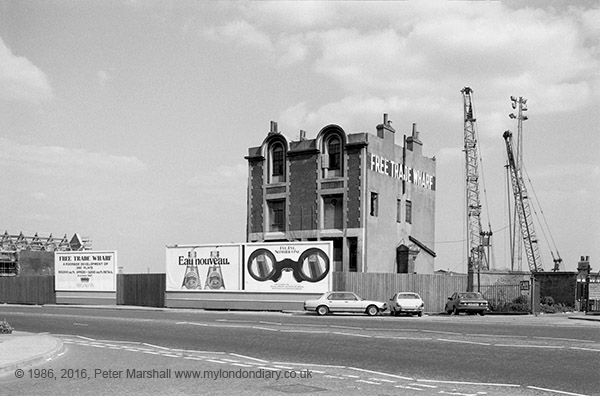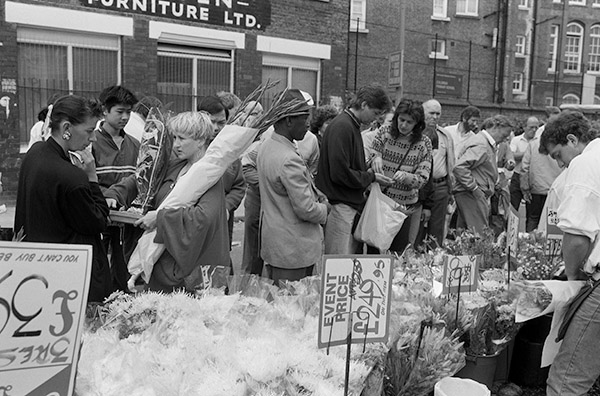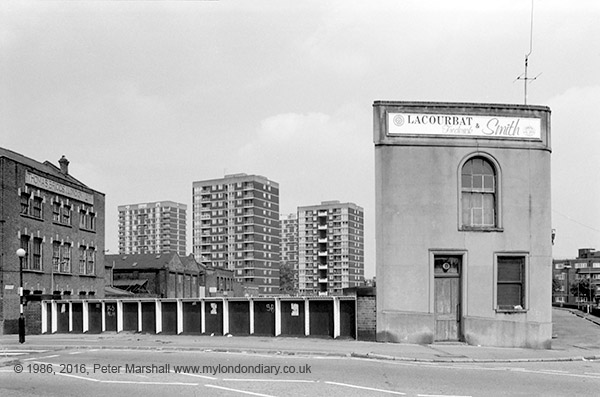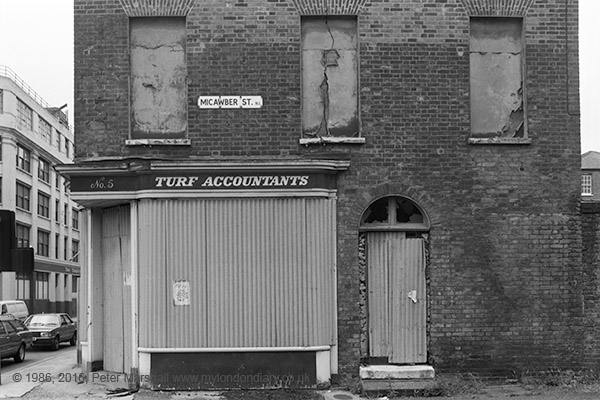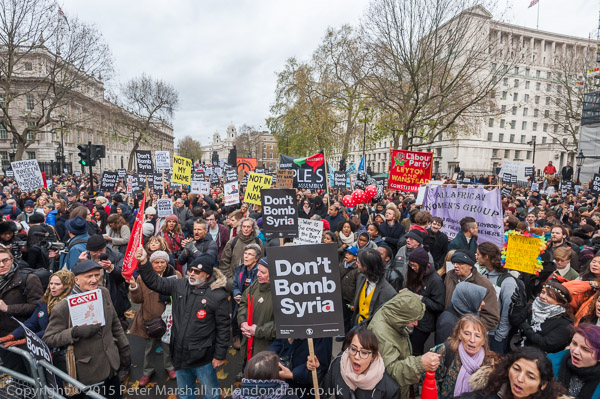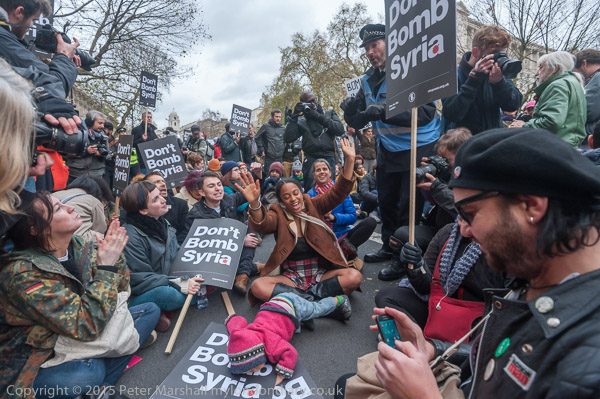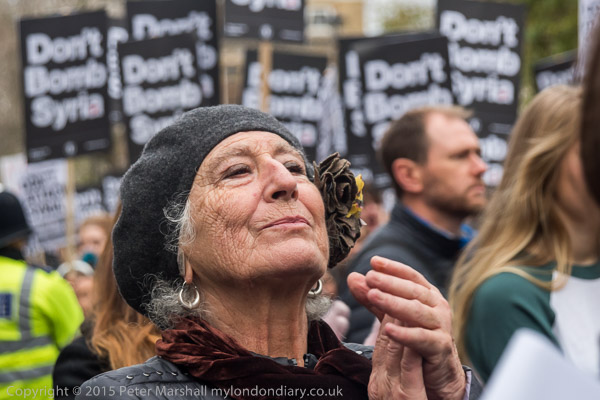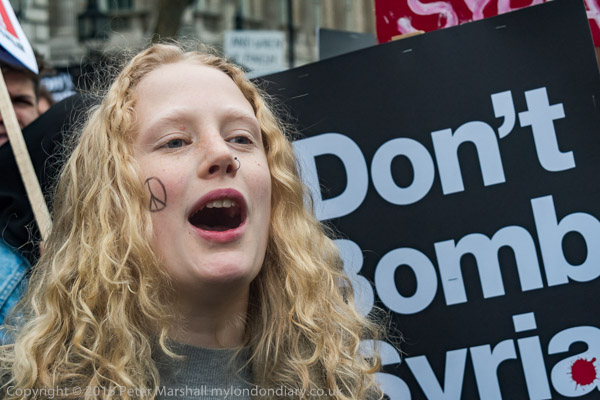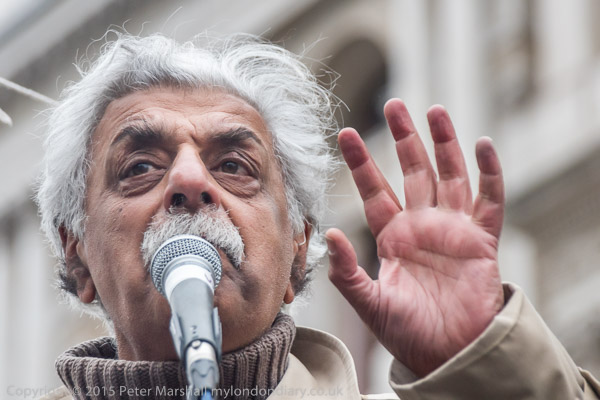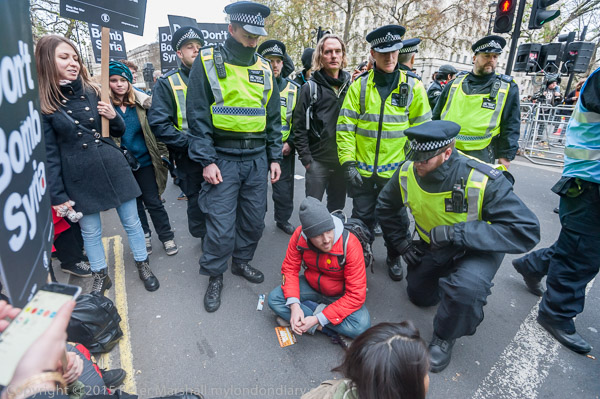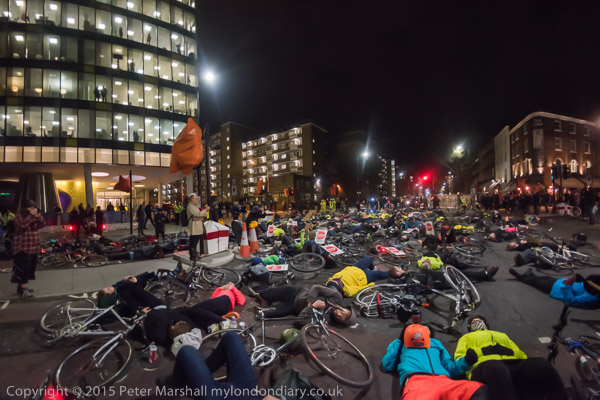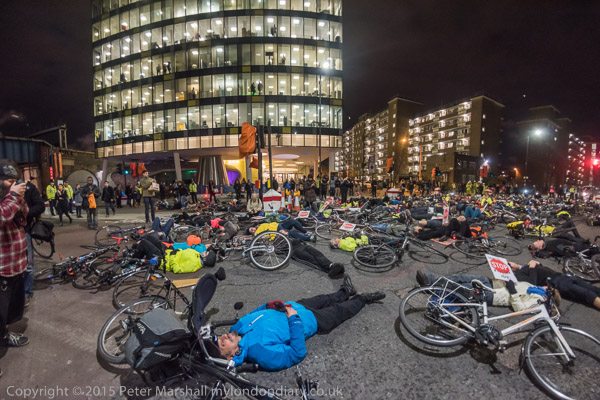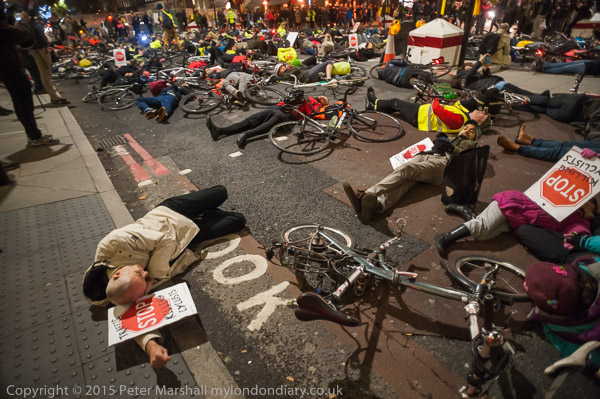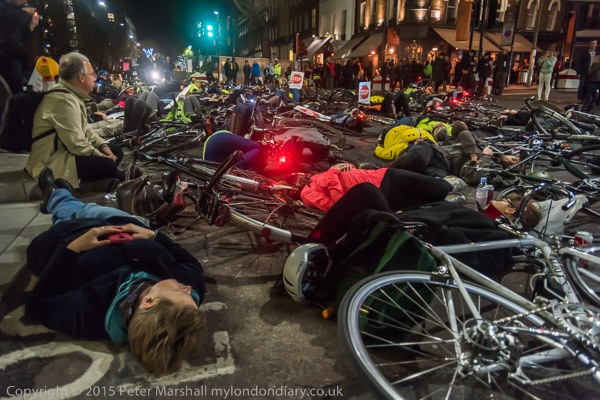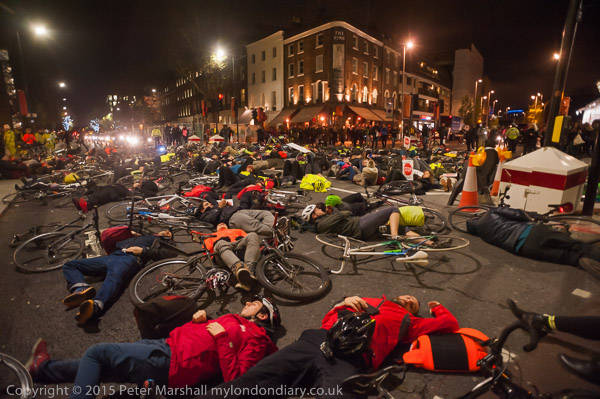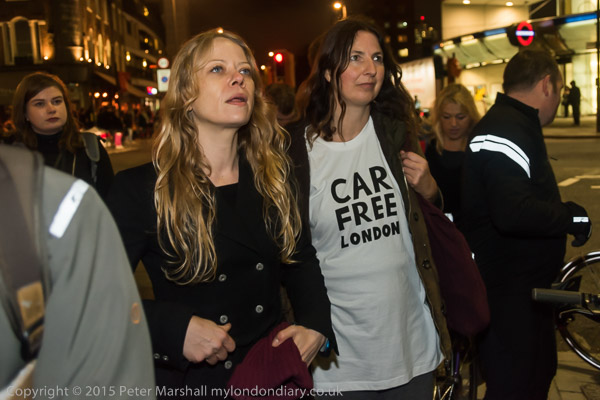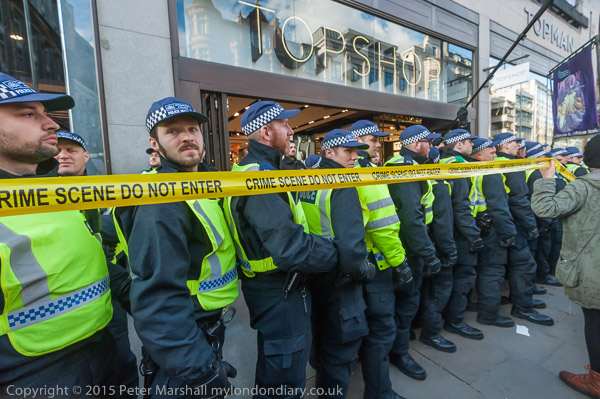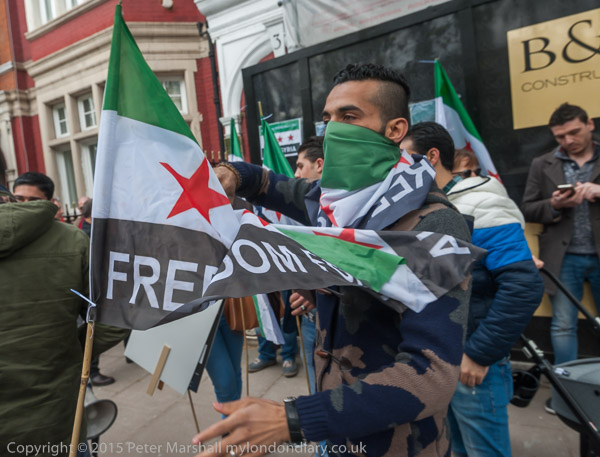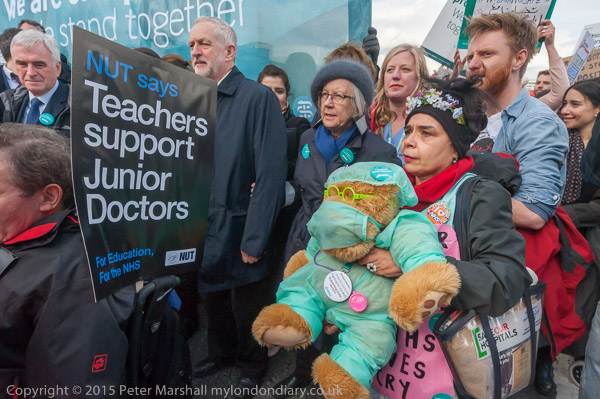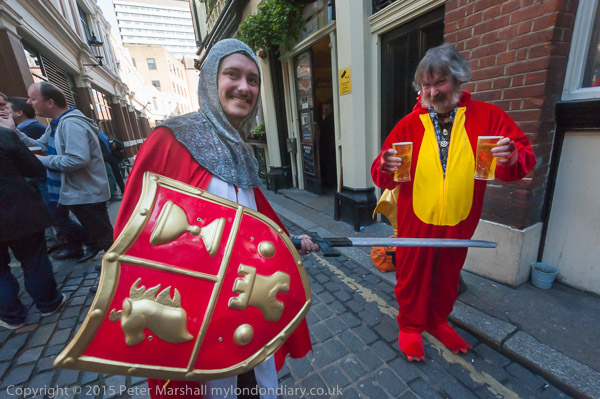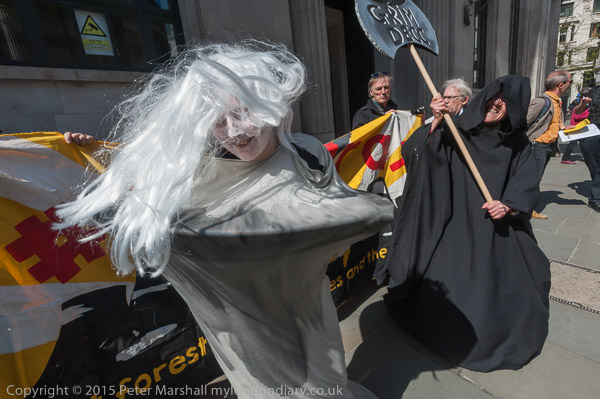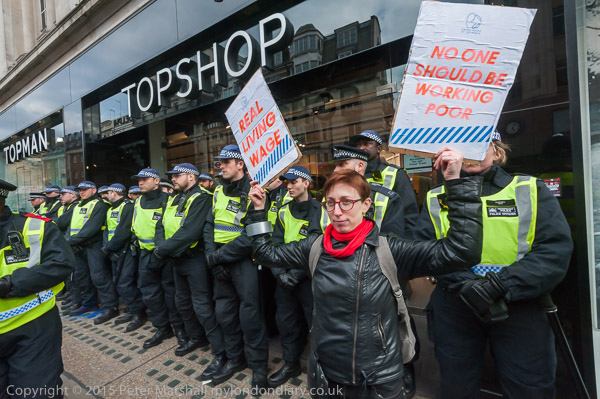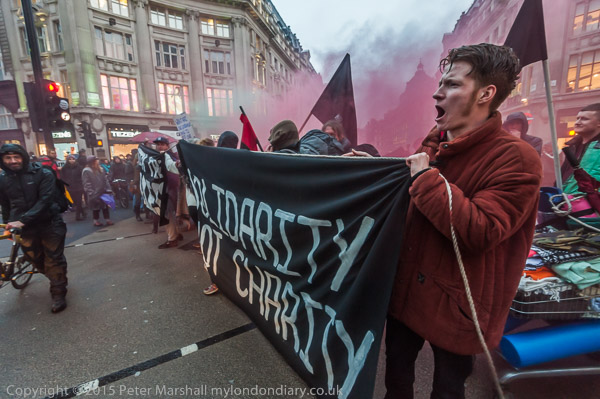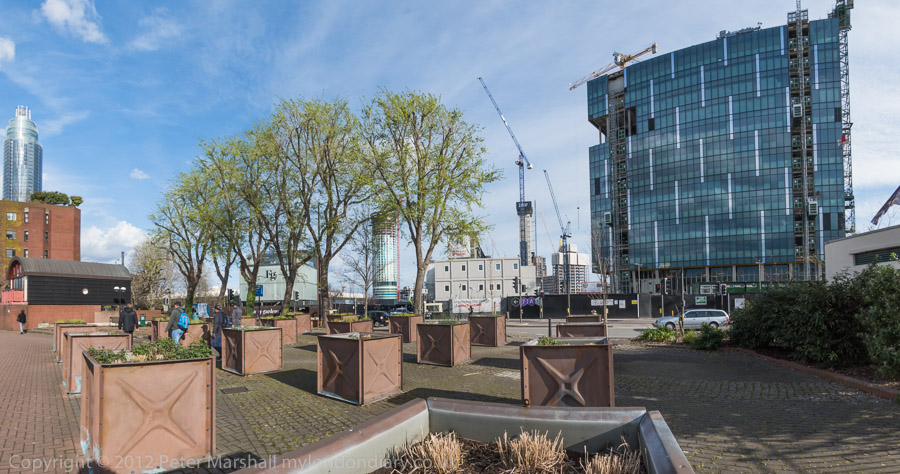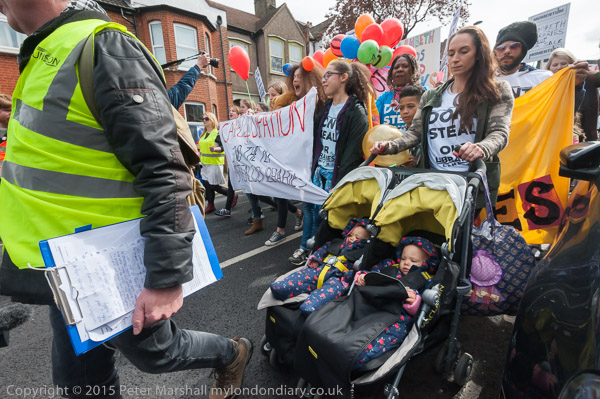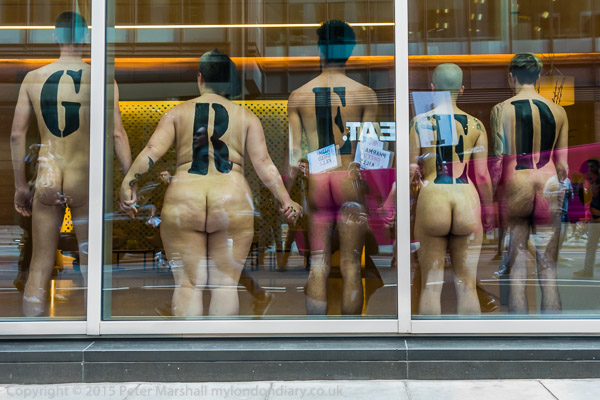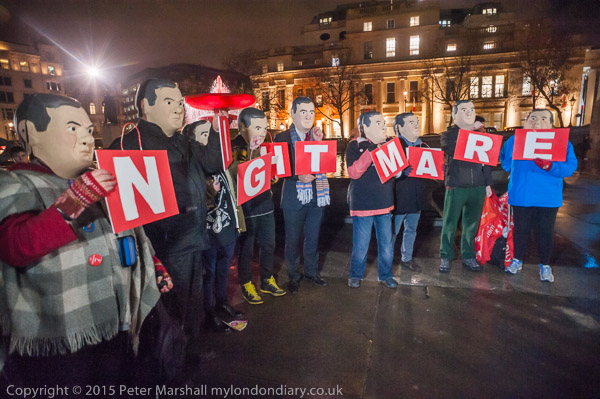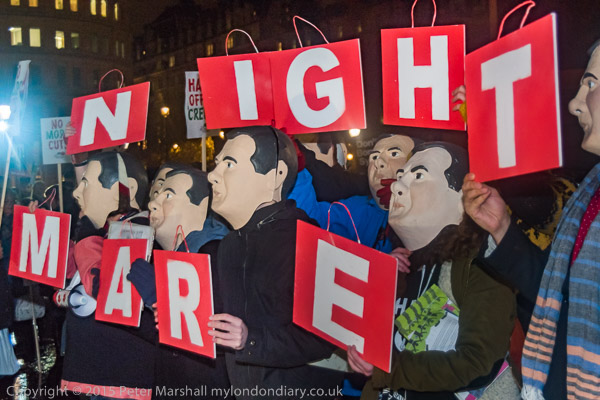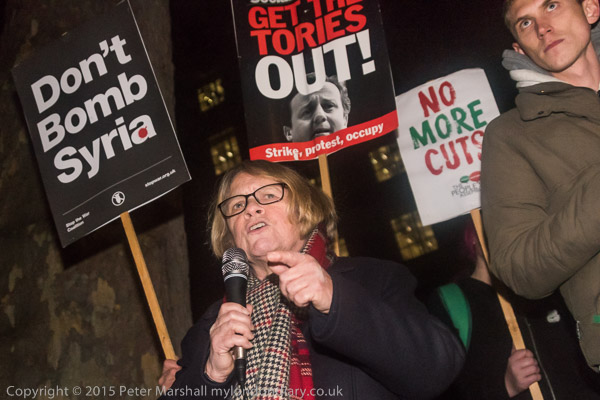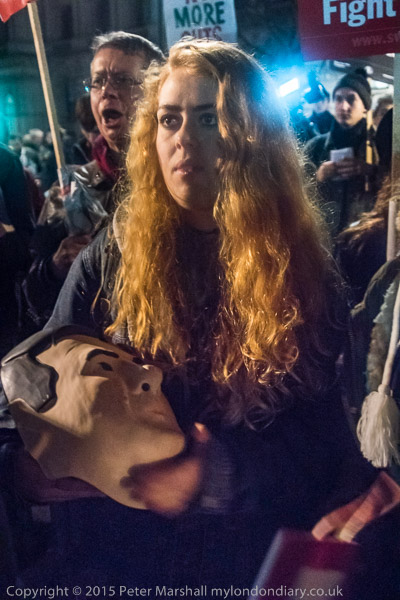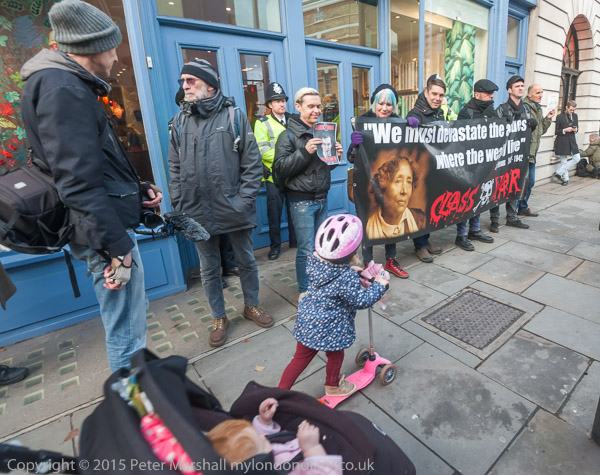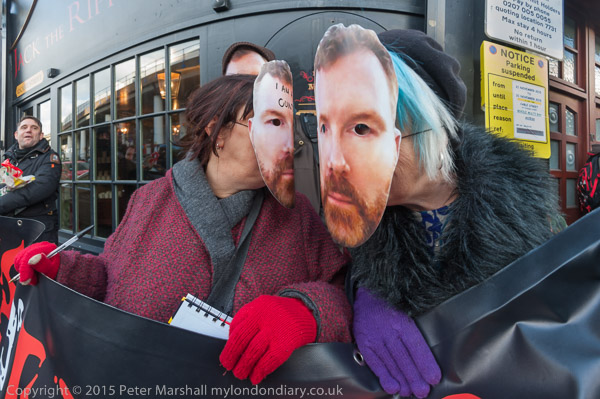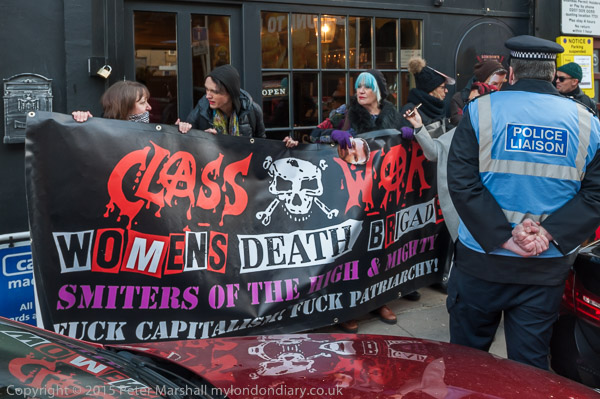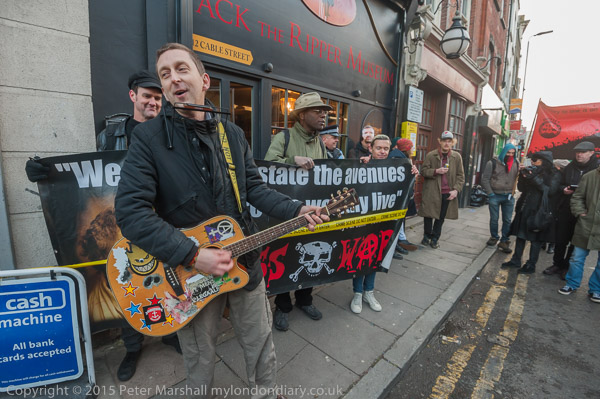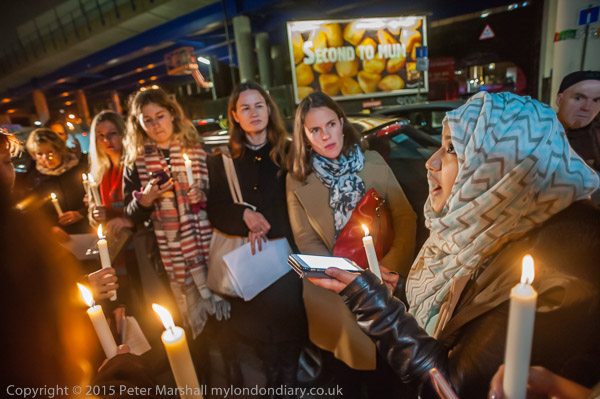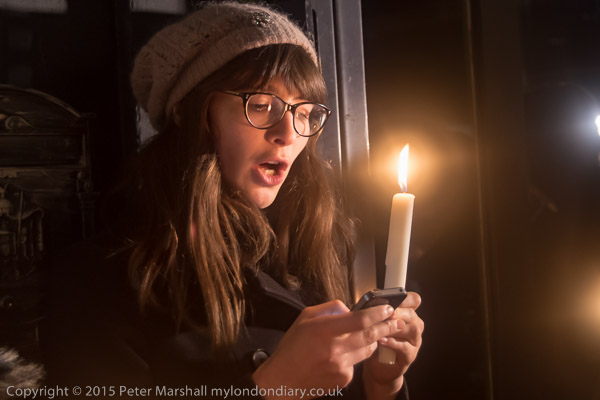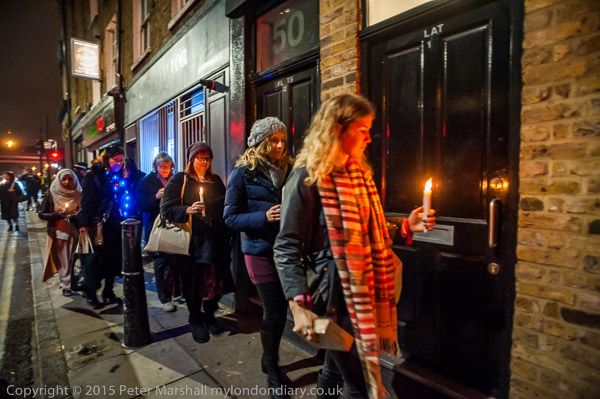When I first saw the reports of a Photoshop cloning error on a Steve McCurry print widely reported after having been spotted by Italian photographer Paolo Viglione I decided there really wasn’t a lot more to say.
It seemed a careless error, and one that surprisingly hadn’t been spotted, but such errors aren’t difficult to make, and don’t necessarily result from any attempt to mislead. Years ago, when making a black and white print for sale, I’d done something similar, while cloning out a scratch from the negative late at night, my stylus had inadvertently dropped onto the tablet, probably as I briefly dozed, and added an extra piece to a shoreline. Fortunately I’d noticed it later, but only as I was taking a last look at the print before sending it to the customer, and was able to make a replacement print without the glitch.
It is something that probably wouldn’t happen now, even though I probably fall asleep at the computer more often, because I very seldom feel a need to use the clone tool now, as Photoshop’s other spotting tools have improved immensely over recent years. But it used to be the only real way to do the job back in the early days. I think the worst that has happened recently when I’ve nodded off has been to spill a glass of a rather good red wine across my keyboard. Doing so woke me with a start and I immediately tipped the keyboard upside down and there were no lasting effects, but I deeply regretted the loss of the wine, the last of the bottle, which I’d been keeping as a special treat for when I finished processing.
One of several prints on display in my bathroom is a large panoramic image of a house and garden, unsold after an exhibition where it was on public display for over a month. I can’t go in there without noticing a small error in the stitching process – it was made from three exposures – which means one of the windows in the house has a small part missing from its central white-painted vertical. I didn’t notice it in my careful inspection of the file, nor when it was on display, and if any who saw it at the show did, they said nothing. It hung on my own wall for several weeks before I noticed it, but now, although small and unimportant in the image, it seems glaringly obvious every time I use the bathroom.
Most of the time we see what we want to see, and not necessarily what is there, and I think that is perhaps one of the points behind photographer Peter van Agtmael‘s view on the McCurry controversy, ‘Why Facts Aren’t Always Truths in Photography‘. It’s an article I find rather disturbing, though entirely in agreement with his “very important qualifier” that “Any photographer working predominantly in a photojournalistic context needs to be rigidly transparent about digital manipulation“, and it is hard to dispute his statement that the best we can hope for in the intensely subjective craft of photojournalism is “a coherent personal truth.”
But in the piece he does seem to be acting as an apologist for a fellow Magnum member, even if one he says he hardly knows. Because it isn’t the silly and unintentional slip in that street photograph from Cuba that is at the heart of the controversy but the other examples of intentional deception that have emerged. And it is hard to believe that what we have seen is not just the tip of an iceberg.
The National Geographic Magazine formed an important part of my early life, much of it spent, at least on rainy days, leafing through a large pile of the magazines covering the 1930s which had come to us after the death of a more affluent relative, along with his splendid stamp collection – he had worked for the General Post Office and made the most of his connections. The articles were at times rather tedious, but the black and white photographs spoke more directly, showing us how people around the world lived – and dressed, or not.
Coming back to ‘Nat Geo‘ years later was something of a surprise, with Kodachrome bursting out all over, but while presenting its rather over-enthusiastic view of the world, the emulsion was at least not susceptible to manipulation by photographers, though one could hide a great deal in its black shadows. But it would appear that with digital things have changed. Perhaps the revelations now being made will result in rather more editorial control.
I don’t warm to Nat Geo, which just somehow now seems far too American and politically not at all to my taste. That the National Geographic Channel is owned by the Fox Cable Networks division of 21st Century Fox, and the magazine since 2015 is part of a new partnership, National Geographic Partners, controlled by 21st Century Fox, perhaps says it all. But read ‘A Trip Around Steve McCurry’s Photoshopped World‘ by Paroma Mukherjee to see an Indian view of the photographers take on India.
Finally I’d like to mention an article in The Online Photographer, ‘C-E-R: Why we shouldn’t say “post” or “Photoshopping” any more‘. It’s not I think a very useful contribution, but one that reflects the anxiety some photographers feel about their own practices with images.
Post-processing or ‘post’ is just a useful term to cover everything that happens between when the file – raw or jpeg – emerges from the camera to when it appears on paper or screen. It isn’t really ‘after processing‘ as the article suggests, but ‘after exposure‘ processing’ If you want a more accurate term you could expand it to ‘post-exposure processing‘, but I’m all for keeping things short.
I’m not sure it is useful or possible to separate ‘correction‘ and ‘enhancement‘ as the article suggests, or to set clear limits as to what is allowable in photojournalism or documentary work (while in some other areas of photography clearly there are no limits on this or on the final category, ‘reworking‘.)
But what does seem clear to me is that this third element is simply something that should always be avoided by photojournalists and documentary photographers. And if Nat Geo aims to be anything more than a glossy travel-porn mag it certainly needs to give the photographers who work for it very strong guidance to that effect.
